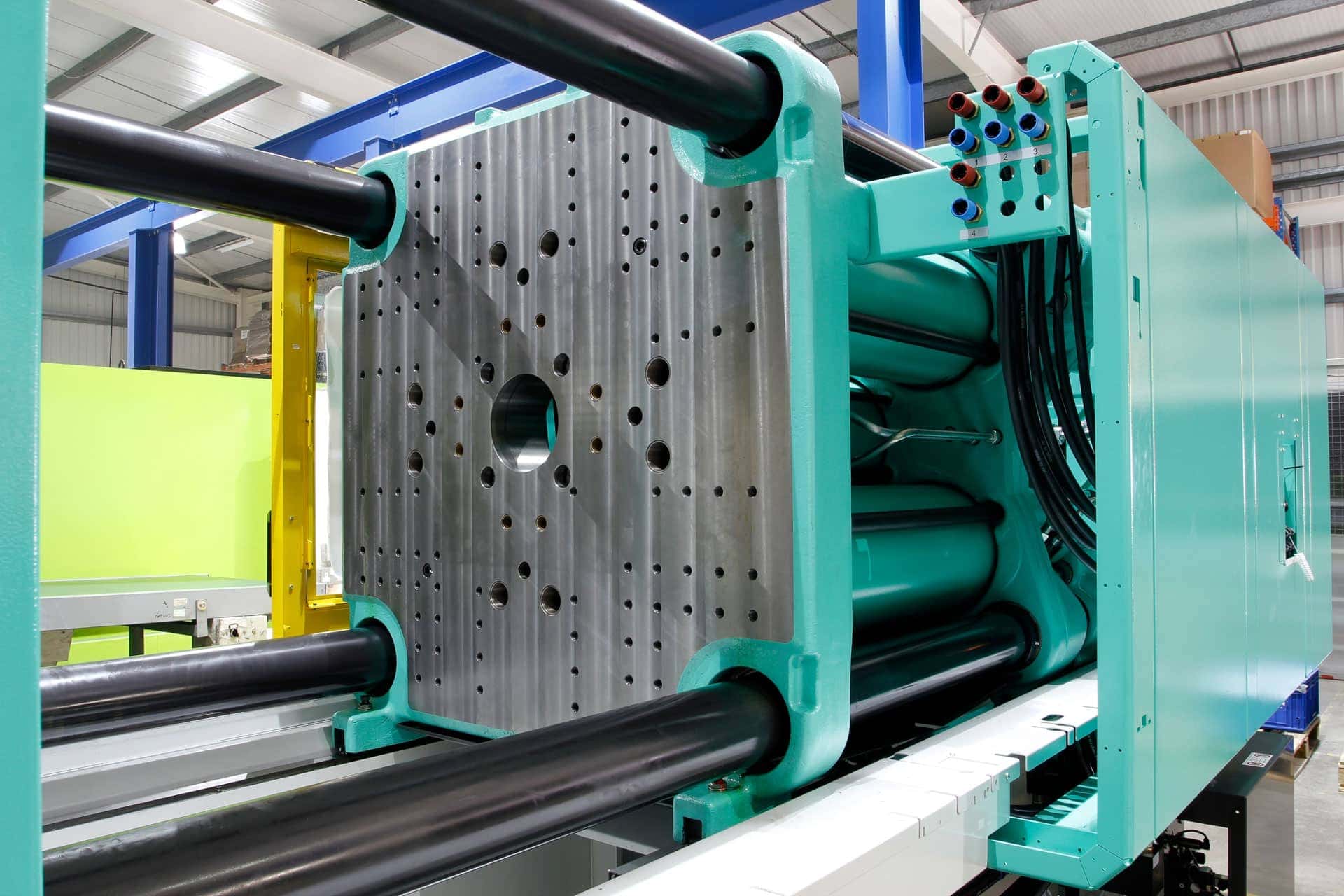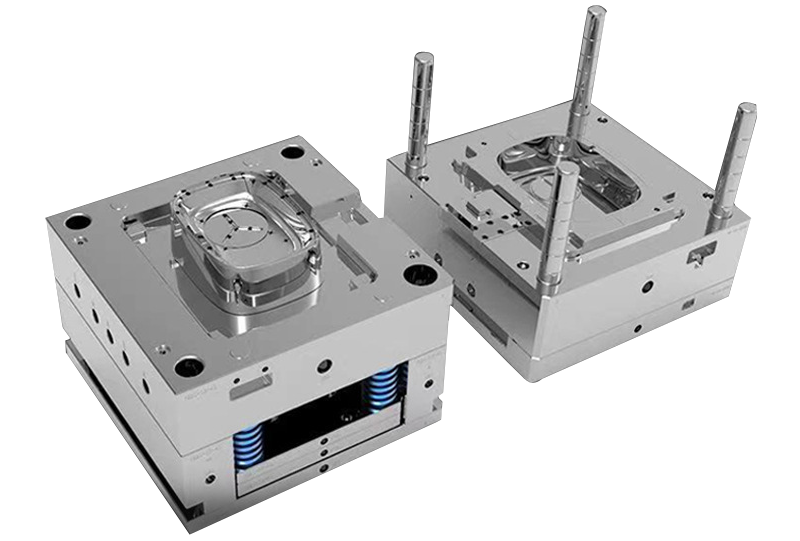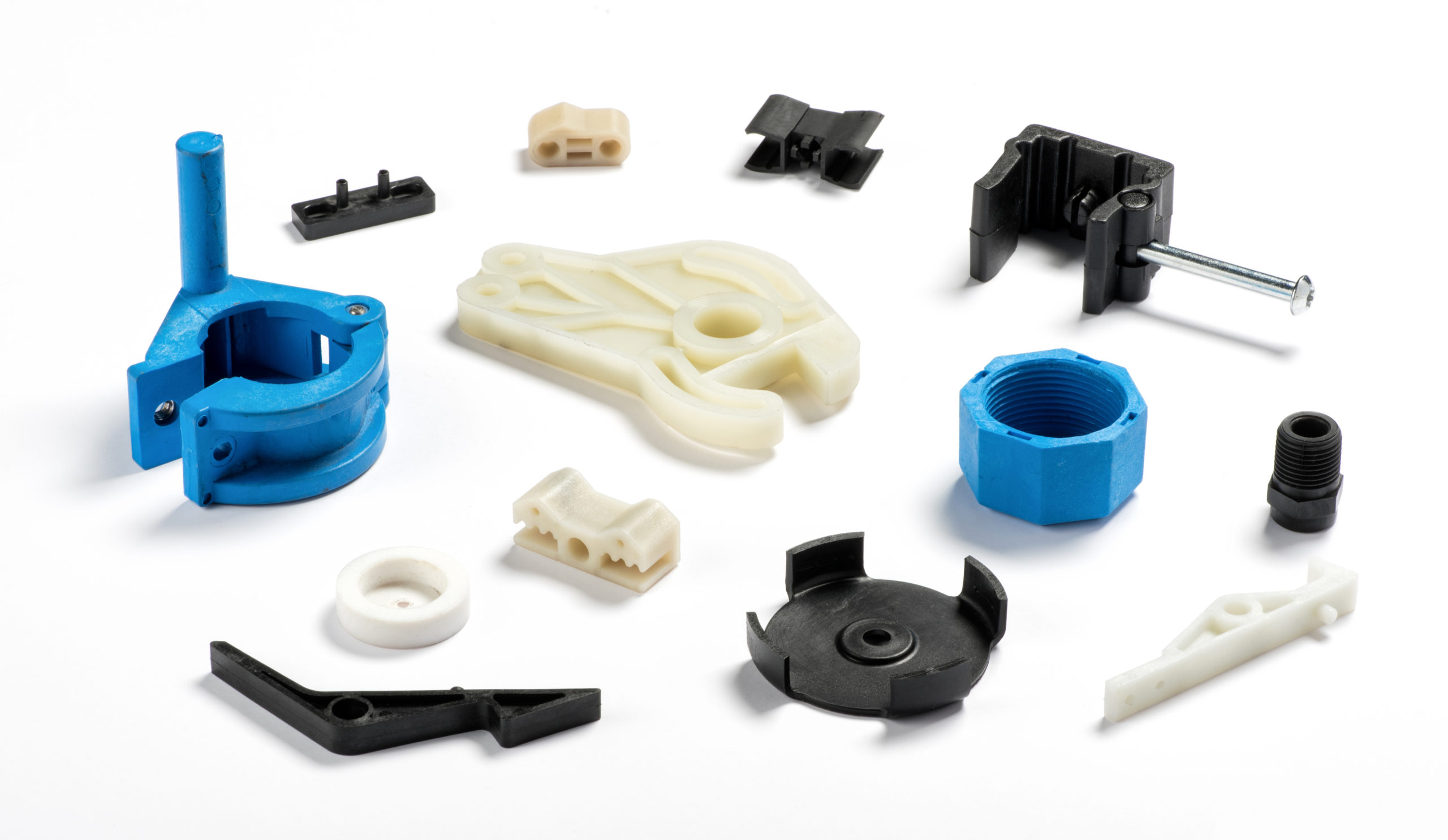Comprehending the Fundamentals of Plastic Shot Molding Processes
Plastic injection molding offers as a keystone of modern-day production, supplying a methodical method to producing intricate parts with accuracy. Checking out these necessary aspects might reveal just how even small adjustments can lead to significant renovations in manufacturing outcomes, elevating inquiries regarding the potential for technology in this well-known process.
What Is Plastic Injection Molding?
Plastic shot molding is a commonly made use of production procedure that transforms thermosetting and thermoplastic products into exact and complex forms. This method is preferred for its capacity to generate high quantities of similar parts with exceptional precision, making it an essential approach in various markets, consisting of automotive, durable goods, and medical gadgets.
The procedure entails melting the selected plastic product and infusing it into a mold under high pressure. The mold and mildew, designed to the specs of the preferred component, permits the liquified plastic to materialize as it cools and solidifies. Once the material has hardened, the mold is opened, and the ended up component is ejected.
Plastic injection molding supplies a number of benefits, consisting of reduced waste, uniformity in manufacturing, and the capacity to incorporate complex layouts that might be testing with various other making methods. Additionally, it supports a broad series of materials, each offering distinct homes that can be tailored for particular applications. As markets continue to innovate, plastic injection molding remains at the forefront, enabling the development of innovative items that satisfy progressing customer demands.
The Injection Molding Refine
The shot molding process is an advanced technique that involves numerous vital phases to generate top notch plastic parts. At first, plastic pellets are fed into a heated barrel where they are thawed right into a viscous liquid. This molten plastic is after that infused under high pressure into a precision-engineered mold and mildew, which forms the material right into the preferred type.
As soon as the mold and mildew is filled, the plastic is allowed to strengthen and cool down, taking the shape of the mold and mildew tooth cavity. Air conditioning time is crucial, as it affects the cycle time and the last buildings of the shaped part. After enough cooling, the mold and mildew opens, and the finished element is ejected making use of ejector pins.

Materials Made Use Of in Injection Molding
Various materials can be made use of in the shot molding procedure, each offering one-of-a-kind homes that accommodate particular applications. The most commonly used products consist of thermoplastics, thermosetting plastics, and elastomers.

Thermosetting plastics, like epoxy and phenolic materials, undergo a chemical modification throughout the curing process, causing a rigid, inflexible framework. These products are perfect for applications needing high warmth resistance and structural stability, commonly used in auto parts and electrical insulators.
Elastomers, including silicone and rubber-based products, give flexibility and resilience. Their distinct residential properties make them ideal for applications that demand elasticity, such as seals and gaskets.
Additionally, specialty materials like bio-based plastics and look these up composites are acquiring traction for their environmental benefits and improved performance attributes, expanding the range of shot molding applications in different sectors. Recognizing the buildings of these products is essential for selecting the suitable type for particular projects.
Advantages of Injection Molding
Shot molding attracts attention as a very reliable production process that provides various advantages for generating intricate components with precision. One of the most substantial advantages is the capability to create intricate layouts that would certainly be difficult or difficult to achieve with other approaches (Plastic Injection Molding). The process permits thorough functions and tight tolerances, making certain top notch elements
Additionally, shot molding is understood for its rapid manufacturing abilities, making it a site web perfect selection for high-volume production. Once the mold and mildew is produced, components can be produced quickly, lowering lead times and boosting overall productivity. This effectiveness not just decreases production prices yet also provides a competitive edge on the market.
The versatility of products used in shot molding further enhances its appeal. A large range of thermoplastics and thermosetting polymers can be employed, allowing suppliers to pick products that ideal satisfy their specific needs, including versatility, stamina, and heat resistance.
Additionally, the process minimizes waste, as excess product can typically be recycled and recycled. This sustainability element adds to a reduced ecological impact, making shot molding an accountable production choice. Generally, the advantages of shot molding make it a favored technique for several markets.
Factors Influencing Item High Quality
While many variables can influence item quality in shot molding, comprehending these elements is vital for accomplishing optimal results. Key facets consist of product choice, processing criteria, and mold style.
Material choice plays a crucial duty, as different polymers exhibit unique properties that affect flowability, strength, and thermal stability. Insufficient material choice can lead to problems such as bending or incomplete filling.
Processing criteria, including temperature, stress, and cycle time, have to be meticulously controlled. Variations in these setups can lead to inconsistencies in part dimensions and surface area coating. For instance, excessively heats might trigger destruction of the polymer, while inadequate stress can result in short shots.
Mold and mildew layout is similarly important, as it figures out the flow of the molten plastic and the cooling process. Improperly created molds might lead to unequal cooling rates, causing residual stresses and look at here dimensional mistakes.

Final Thought
In conclusion, plastic injection molding acts as a vital production process that allows the effective manufacturing of high-quality components. Proficiency of the injection molding process, including the understanding of materials and the impact of numerous factors on product high quality, is crucial for attaining optimum outcomes. The advantages of this method, such as cost-effectiveness and layout versatility, additional underscore its value throughout several industries, strengthening its condition as a preferred selection for high-volume production.
Plastic injection molding offers as a foundation of modern production, offering a systematic method to producing intricate elements with precision.Plastic shot molding provides numerous advantages, consisting of minimized waste, uniformity in manufacturing, and the capacity to include intricate layouts that may be testing with other making techniques (Plastic Injection Molding). As industries proceed to innovate, plastic injection molding remains at the center, allowing the development of sophisticated items that meet advancing consumer needs
The injection molding process is an innovative technique that entails several crucial phases to produce high-grade plastic components.In final thought, plastic shot molding serves as an essential manufacturing process that enables the effective manufacturing of high-quality elements.